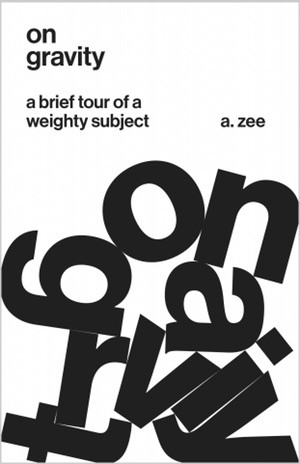Review: On Gravityby Jeff Foust
|
| “One motivation for this book is to help people bridge the gap between popular books and textbooks on Einstein gravity,” he writes in the preface. |
Zee offers insights like this throughout the book, a slender volume devoted to one of the four fundamental forces of the universe. In less than 200 pages (a total that includes an appendix and notes), he goes through the comparison of gravity with the other three fundamental forces—that “absurd” weakness of gravity is what made it so challenging to detect gravitational waves, he notes—and works his way through special and general relativity, ending with the efforts to understand dark matter and dark energy and develop a quantum model for gravity.
With On Gravity, Zee decides to shoot for a middle ground in terms of level of sophistication. “One motivation for this book is to help people bridge the gap between popular books and textbooks on Einstein gravity,” he writes in the preface. Having written both popular books and an advanced textbook, he decided to write On Gravity to “cross that gap” between the two.
The result is a book with the brevity of a popular book (if not shorter) but one that doesn’t shy away from some mathematics, including calculus. The most detailed math is reserved for the appendix; if you can easily understand that, he advises, you may be ready for a more advanced textbook on the subject. If not, though, the main sections of the book, even with the occasional equation, are still easily comprehensible, with some history and anecdotes thrown in.
By aiming for that middle ground, Zee runs the risk of finding only a limited audience for the book. But for those who want to move beyond popular books about gravity, but aren’t ready for a massive textbook with advanced mathematics, On Gravity does provide more insights about how gravity works without getting too complex. Gravity may be absurdly weak, but that doesn’t mean it’s easy to fully understand, or overcome.
Note: we are temporarily moderating all comments subcommitted to deal with a surge in spam.
